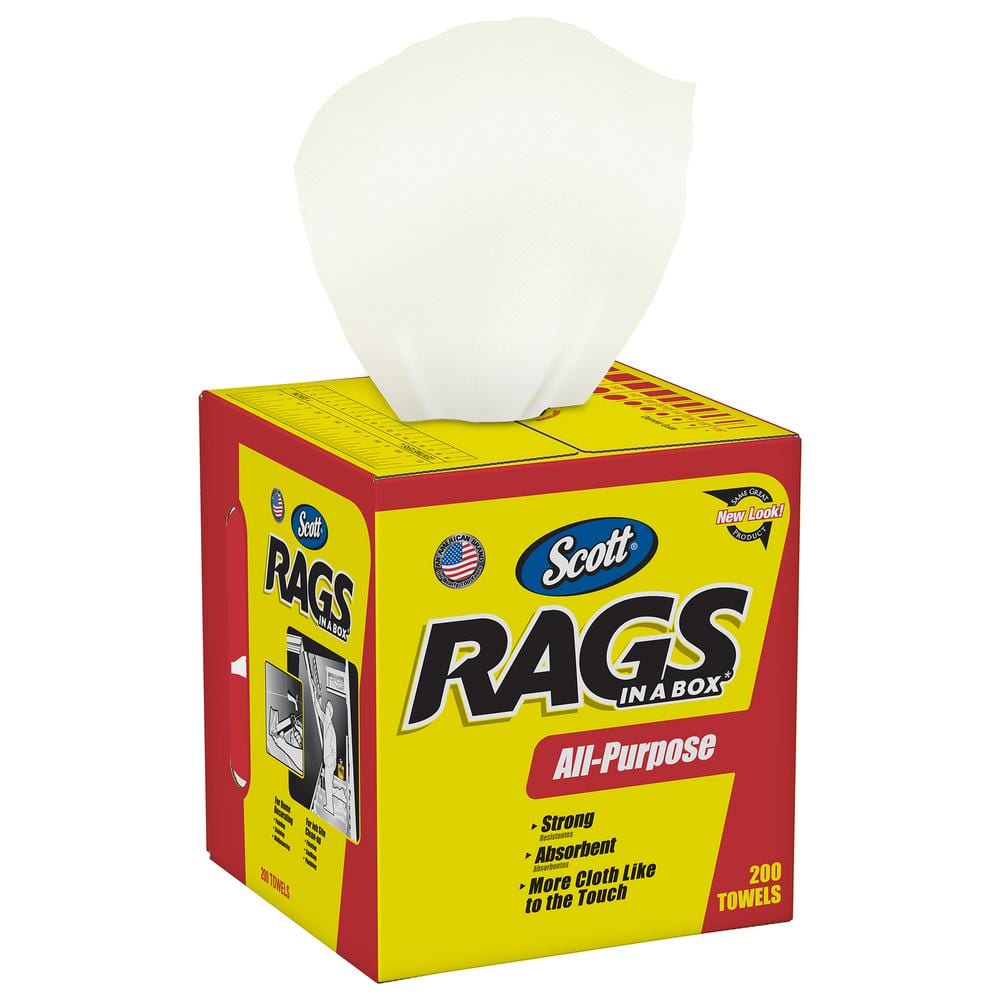Packard
Member
I’ve been using wipe-on poly for quite a while. It is my nearly fool proof clear topcoat. But I have learned a couple of new things about wipe-on finishing.
1. You can wipe on SealCoat.
I tried this the other day. Super simple right out of the can. I fold a piece of paper shop towel (I use Scott Rags that come in a box). I dip it in the SealCoat and wearing gloves I wipe it on. This looks to be a thinner coat than brushing. But with SealCoat, I am just looking for coating integrity (no bare spots); I am not trying to build film thickness.
I was able to get a perfectly uniform coating in minutes. No drips. No chasing runs. No cleaning brushes.
I will use this method again. It may prove to be my go-to method.
2. You can wipe on oil based poly right from the can without thinning. Again, a very uniform coating using the Scott Rags. Film thickness may be slightly less than brushing, but again no runs, drips or bare spots. No brushes to clean.
3. You can topcoat with Polyshades mixed 1:1 with mineral spirits.
Years ago, I built some kitchen cabinets and painted them with satin black. I was probably using Breakthrough! From PPG back then. They looked great, but the satin scuffed easily and ruined the appearance. I then tested topcoating with satin clear waterborne. But the dulling agent (mica??) not only reduced the gloss, but also made the black look gray. I ended up topcoating with gloss, losing the satin finish but retaining the good black color.
The other day I tested topcoating ebony oil based Polyshades in satin over black paint. The wipe on applied nicely over the flat finish (I used General Finishes’ imitation milk paint). It retained the jet black color and resulted in a satin finish. I have not checked the durability (I expect it to be consistent with Minwax’s other oil based poly), but the appearance was exactly what I was looking for.
Side note: General Finishes’ [imitation] milk paint is actually a modern formulation (I believe an acrylic) rated for indoor and outdoor use. Applied as suggested by the manufacturer (foam brush), all the brush marks visible when wet, disappear entirely when dry. It looks remarkably like it has been sprayed on. The matte finish also accepts topcoats very well. It does not cope with scuffing very well. With that one caveat, I wholeheartedly recommend it (though color choice is very limited).
The Scott Rags are a very durable shop towel and appear to be entirely lint free. I use them to wipe down freshly sanded work. It picks up dust well.


Any other applications for wipe on that I missed?
1. You can wipe on SealCoat.
I tried this the other day. Super simple right out of the can. I fold a piece of paper shop towel (I use Scott Rags that come in a box). I dip it in the SealCoat and wearing gloves I wipe it on. This looks to be a thinner coat than brushing. But with SealCoat, I am just looking for coating integrity (no bare spots); I am not trying to build film thickness.
I was able to get a perfectly uniform coating in minutes. No drips. No chasing runs. No cleaning brushes.
I will use this method again. It may prove to be my go-to method.
2. You can wipe on oil based poly right from the can without thinning. Again, a very uniform coating using the Scott Rags. Film thickness may be slightly less than brushing, but again no runs, drips or bare spots. No brushes to clean.
3. You can topcoat with Polyshades mixed 1:1 with mineral spirits.
Years ago, I built some kitchen cabinets and painted them with satin black. I was probably using Breakthrough! From PPG back then. They looked great, but the satin scuffed easily and ruined the appearance. I then tested topcoating with satin clear waterborne. But the dulling agent (mica??) not only reduced the gloss, but also made the black look gray. I ended up topcoating with gloss, losing the satin finish but retaining the good black color.
The other day I tested topcoating ebony oil based Polyshades in satin over black paint. The wipe on applied nicely over the flat finish (I used General Finishes’ imitation milk paint). It retained the jet black color and resulted in a satin finish. I have not checked the durability (I expect it to be consistent with Minwax’s other oil based poly), but the appearance was exactly what I was looking for.
Side note: General Finishes’ [imitation] milk paint is actually a modern formulation (I believe an acrylic) rated for indoor and outdoor use. Applied as suggested by the manufacturer (foam brush), all the brush marks visible when wet, disappear entirely when dry. It looks remarkably like it has been sprayed on. The matte finish also accepts topcoats very well. It does not cope with scuffing very well. With that one caveat, I wholeheartedly recommend it (though color choice is very limited).
The Scott Rags are a very durable shop towel and appear to be entirely lint free. I use them to wipe down freshly sanded work. It picks up dust well.


Any other applications for wipe on that I missed?

